(by Riccardo Bini | LUISS Business School)
23/11/2015

The achievement of quality and inexpensiveness in procurement, with particular regard to the investment expenses, imposes a thorough evaluation of the elements that influence the overall cost of a supply during its lifespan, including elements, that in the past have been underestimated, such as the effect on the environment and sustainability.
The knowledge of the buying markets, the pricing trends, the competitive factors for adding value to a procurement process are all key factors for success. Budgeting no longer means simply accounting rules: it is evolving to best practices with a continuous monitoring. The new technological tools, such as ERP and e-procurement, that have rendered automatic the buying process, are now opening to new opportunities, such as a marketing-oriented procurement approach, vendor management, suppliers’ KPIs monitoring, even through open source solutions available on smart devices. All the above-mentioned features are very relevant in companies that have already faced a growth, diversification and internationalization process.
The Procurement Office acts as a border element between demand and supply and has a key role in the strategic positioning through the negotiation power, the cost control, the increasing level of productivity and sales and quality improvement for the final customer. To this end, an organizational model based on expenditures policies, engineering of processes and activities, monitoring and continuous quality improvement is essential.
The mission of the Procurement Office should leverage on all the management tools in order to seize the opportunities from the new competitive environment and the changing technologies. In particular, it should be aimed to:
- Flat organizational models, that are oriented to the analysis of the strategic processes in demand/supply and to strategies consistent with thr Business’ needs and its time to market, operations and claims (which are more and more outsourced).
- Design of new buying processes with an early involvement of the Procurement Office, in order to assure the technical set-up of the needs (aligned with the market standards) and of the budget.
- Minimize the procurement risk, through the strengthening of the suppliers’ portfolio control policies, from the simple quality compliance check to a relevant moment of check of the suppliers’ capabilities.
- Global oriented procurement, even through the acquisition of certifications, which comply with international training standards, in order to share policies, technical language and networks.
- Boost of procurement innovation, even through not-conventional policies, such as the cooperation with competitors in no core purchases (consortium buying), the procurement service and the suppliers portfolio as business target market.
- Opening to the digital revolution, with new technological solutions or the innovation of the existing ones, in order to get a forecast-oriented approach to demand and supply (big data), to launch and run real time “comakership” with suppliers, to monitor the vendor reputation, to develop new kinds of execution (3D printing or augmented reality).














